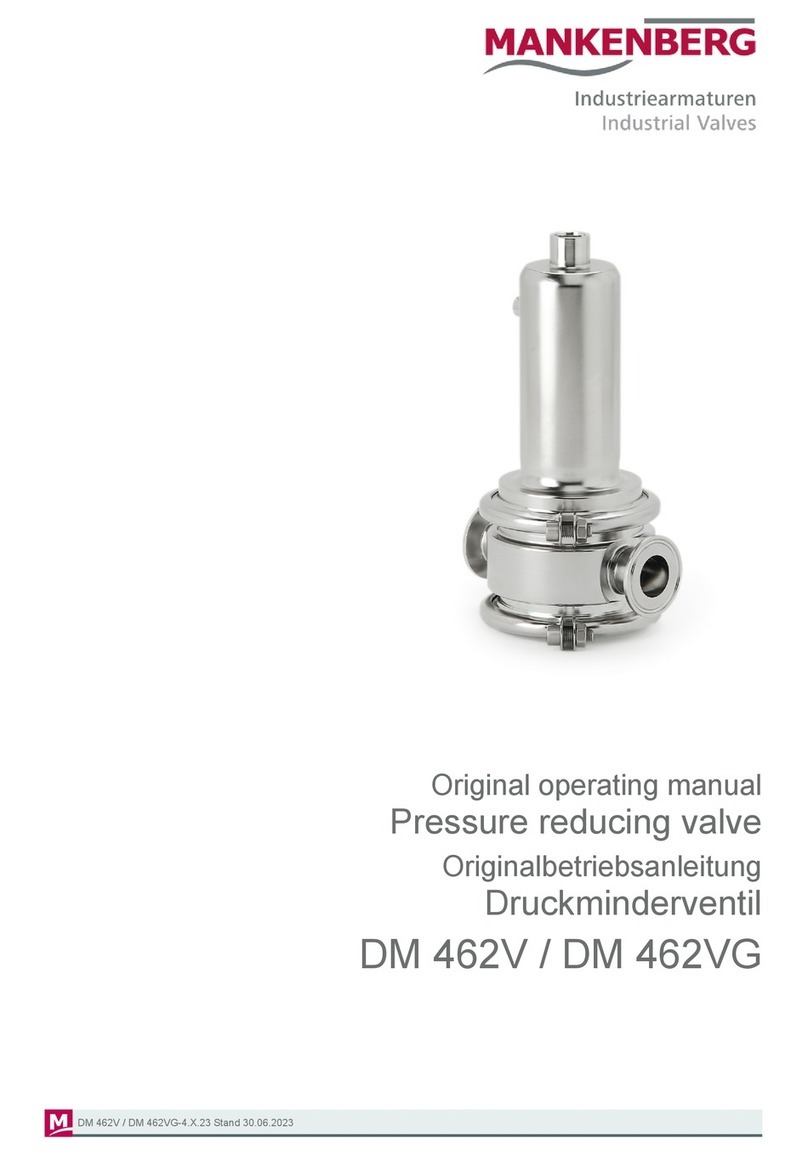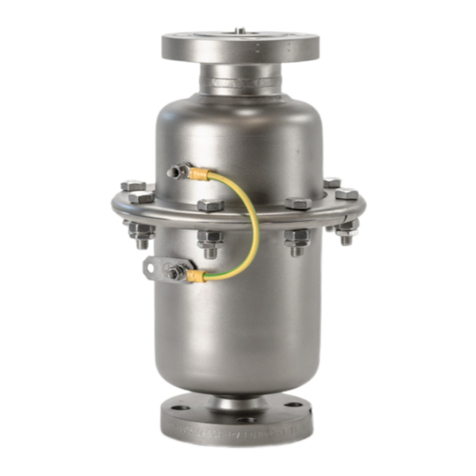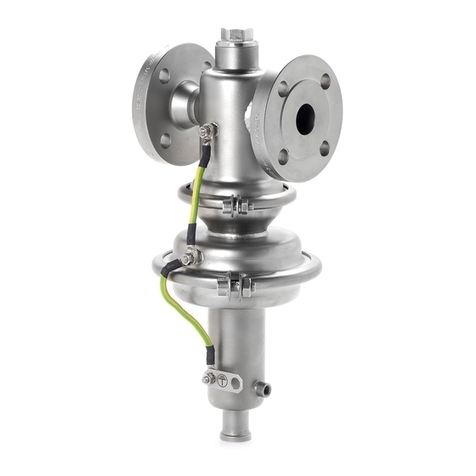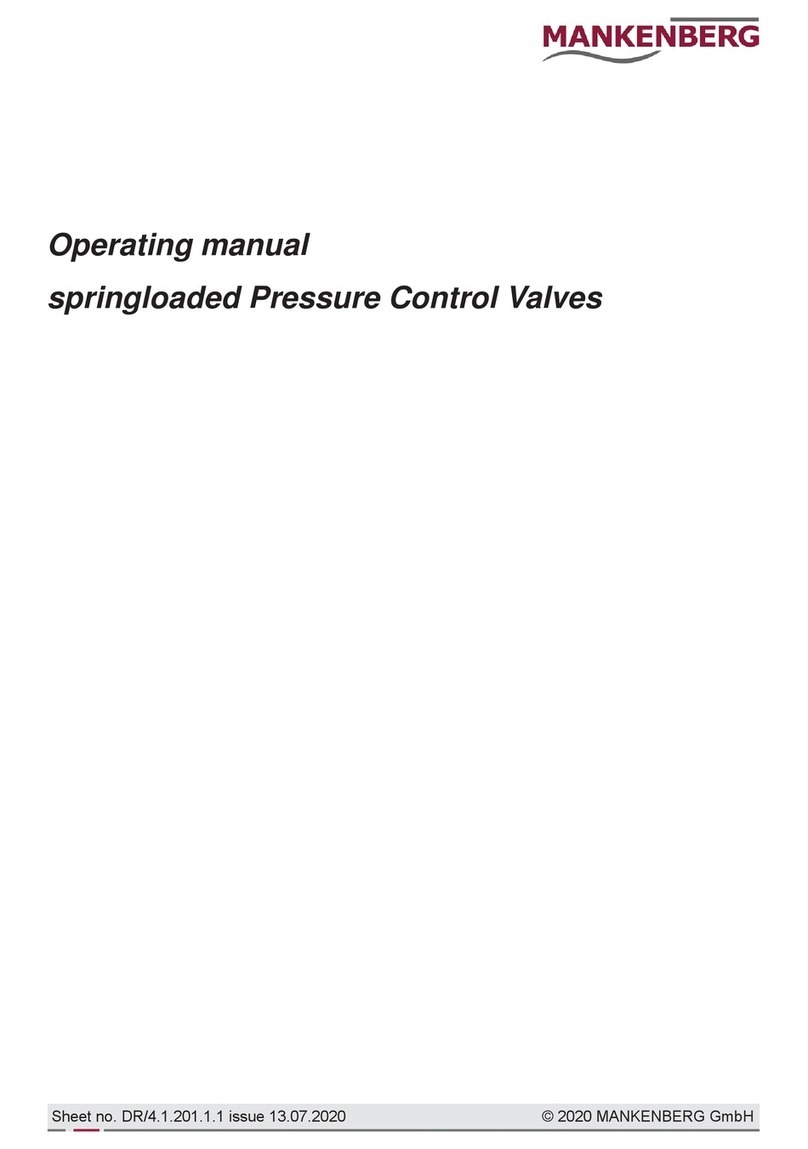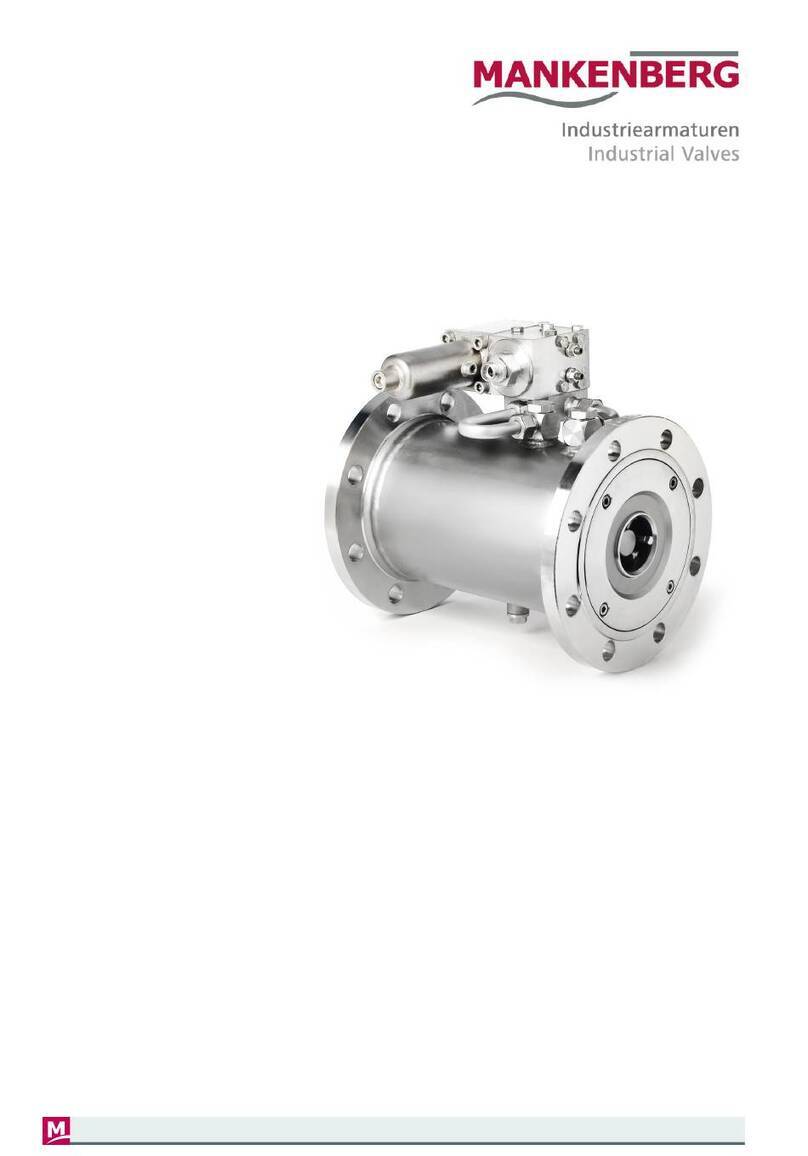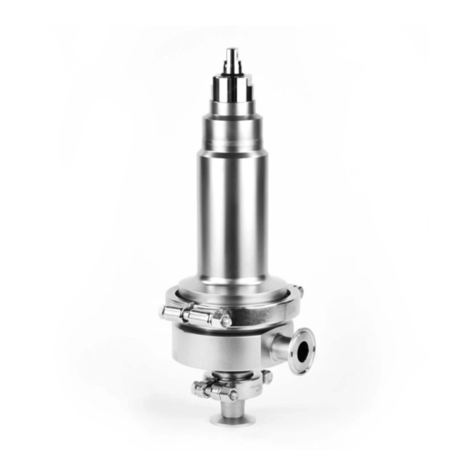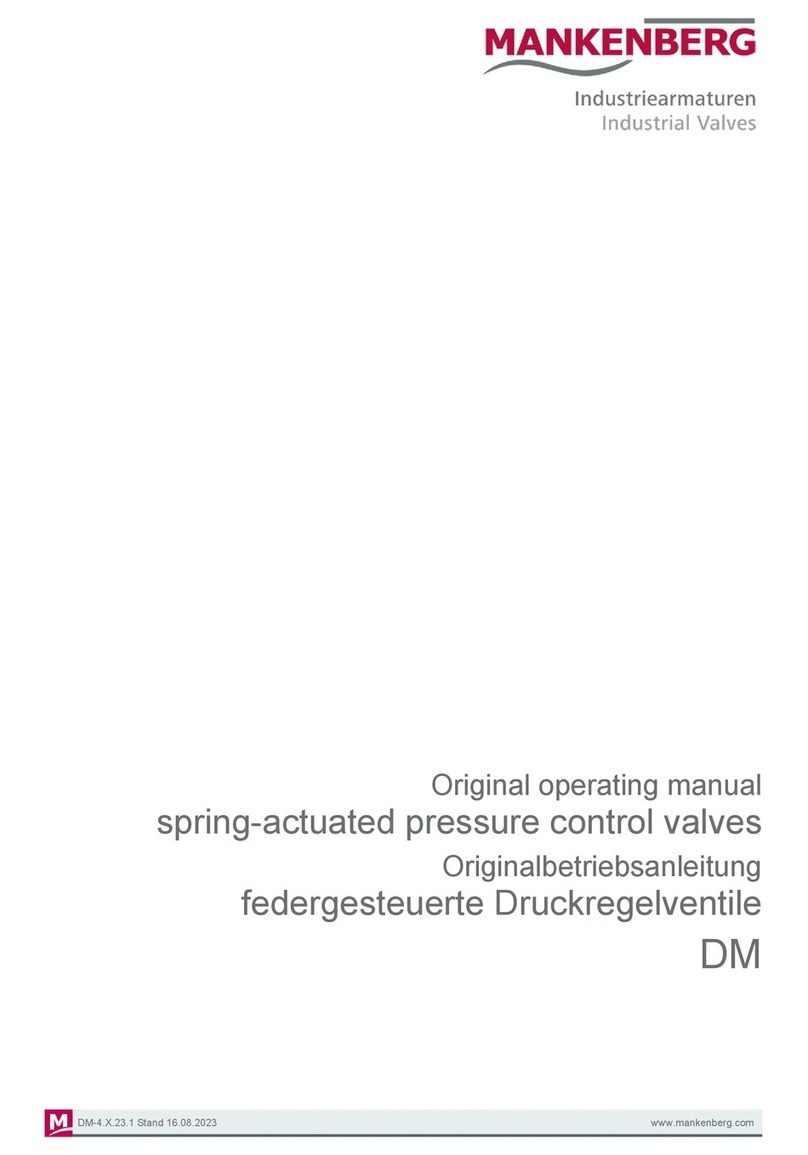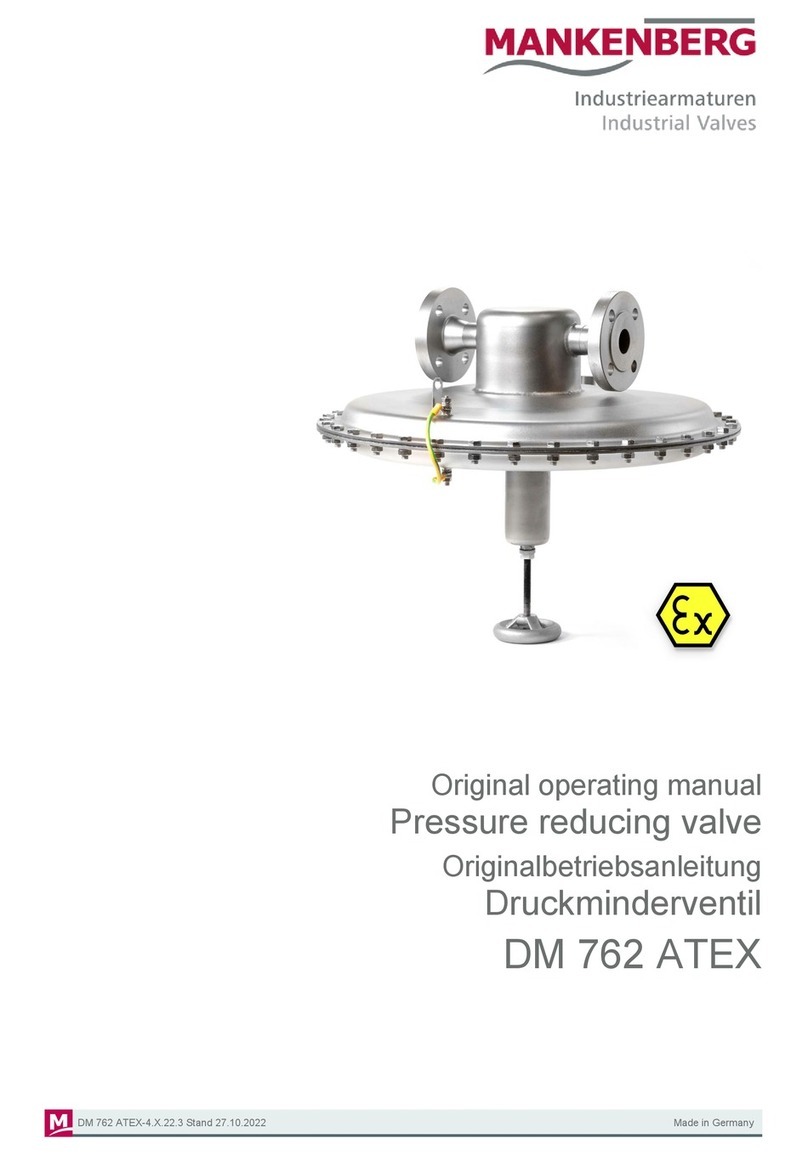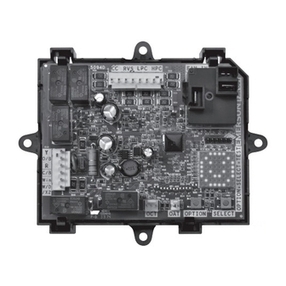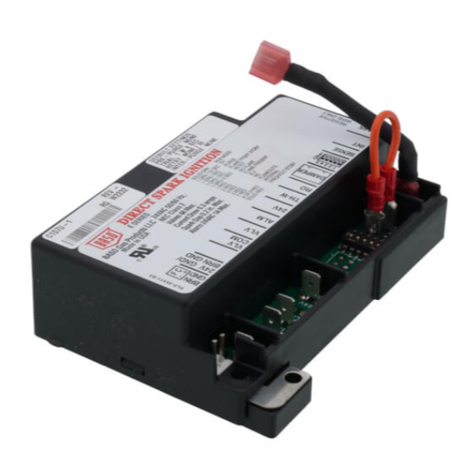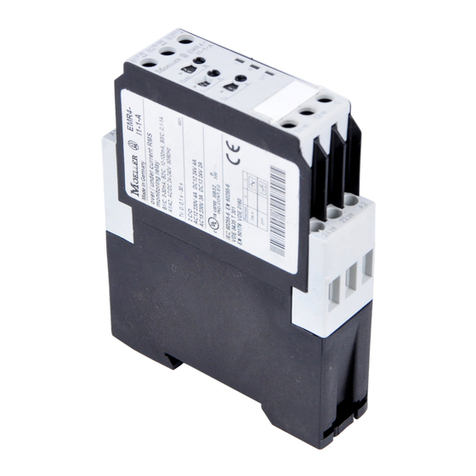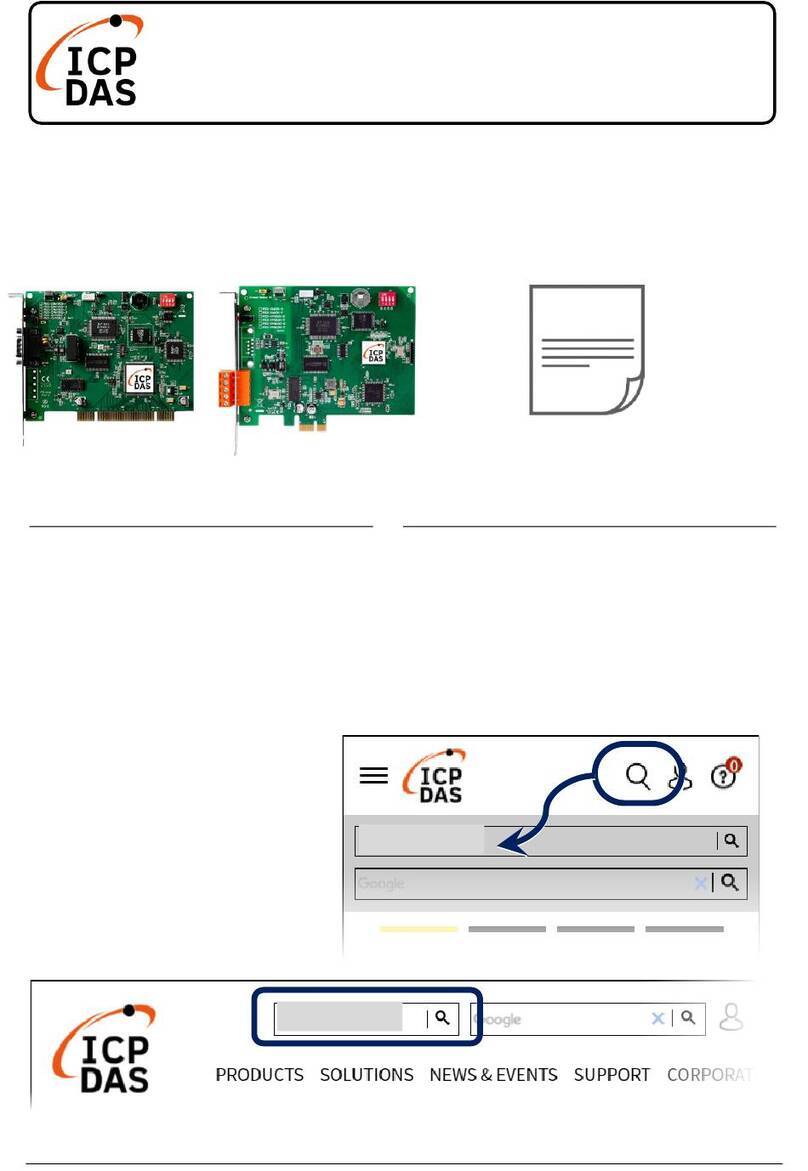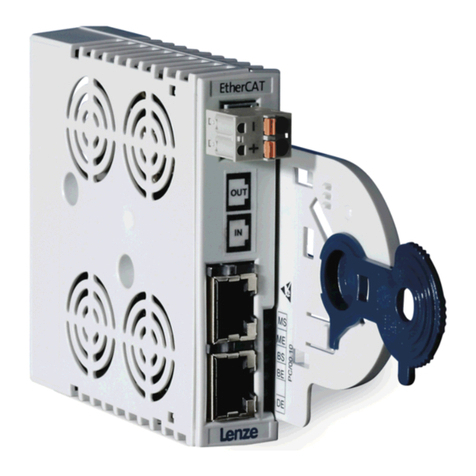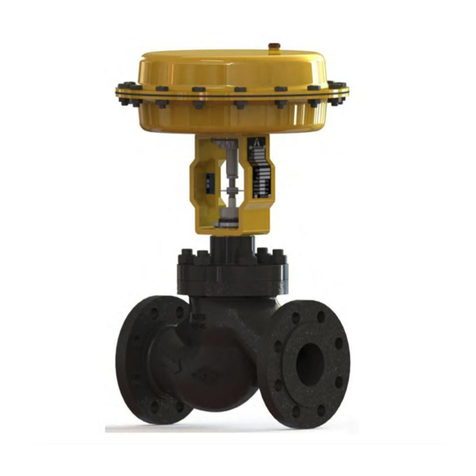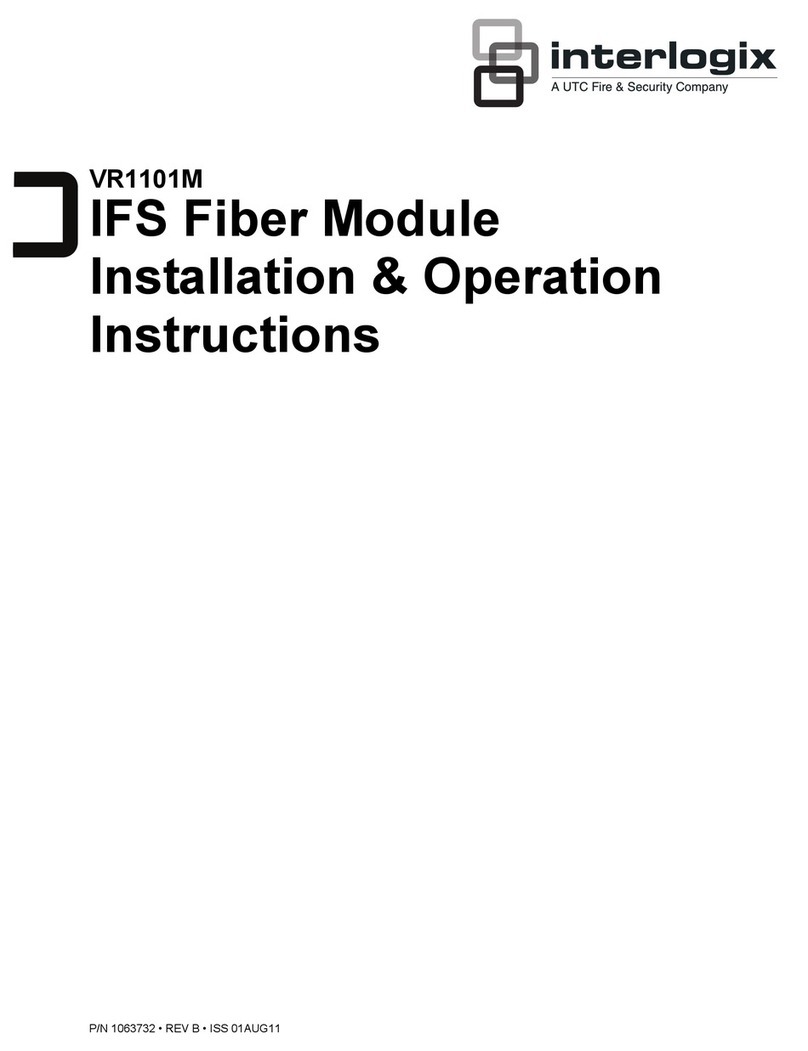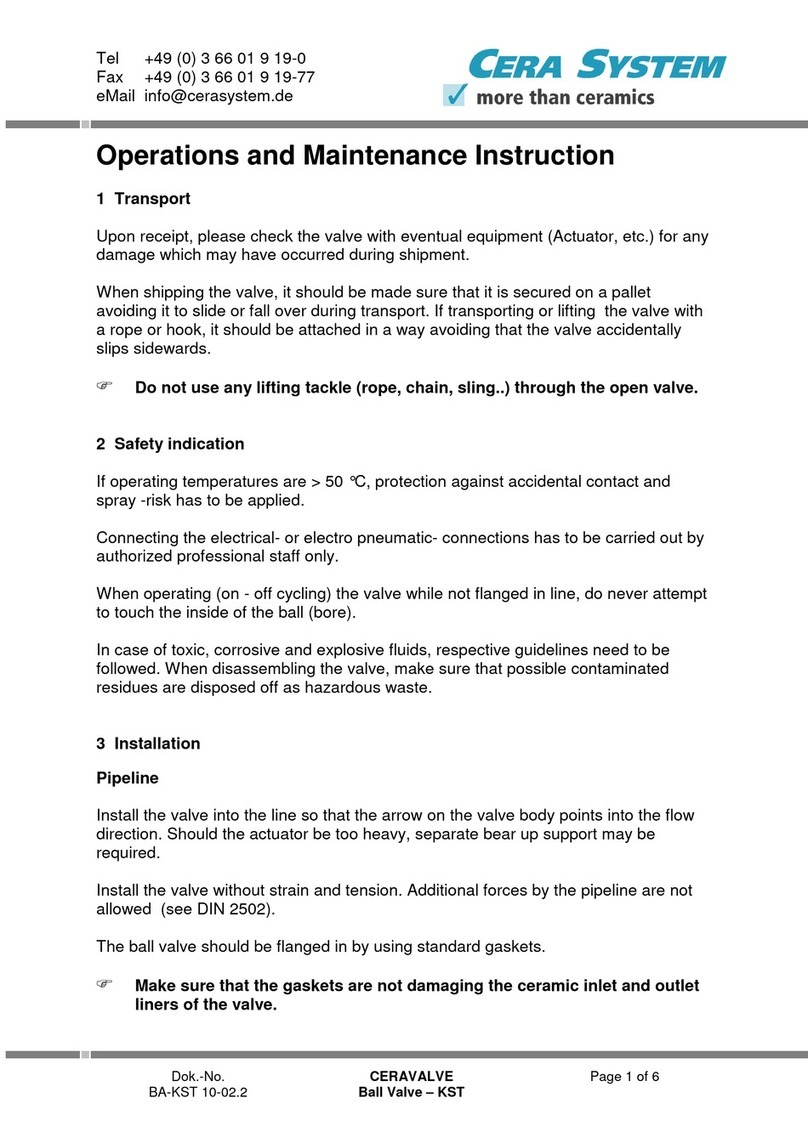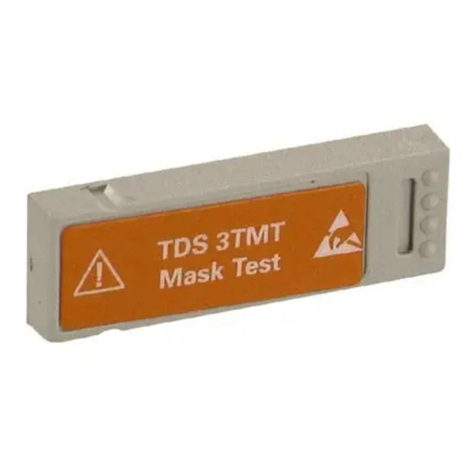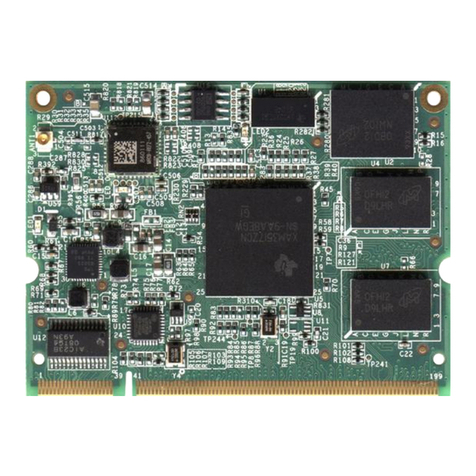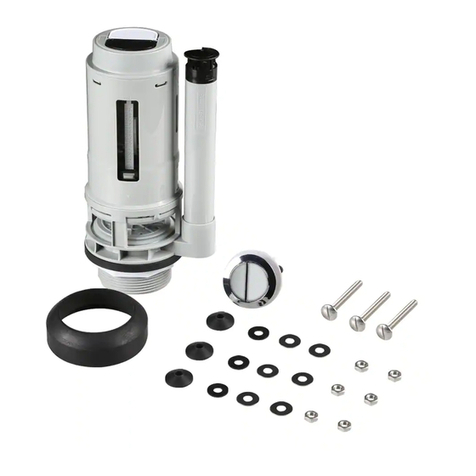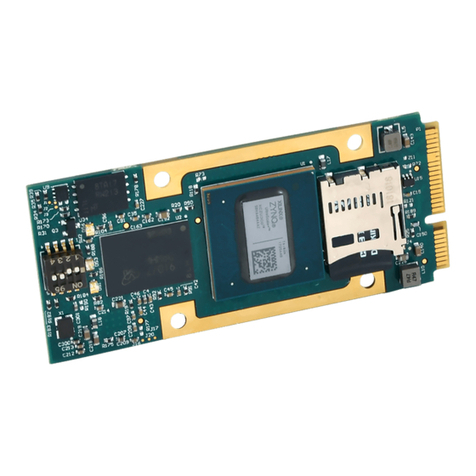
Original operating manual
bleeding and venting valves EB 1.12
4
EB 1.12-4.X.23.2 Issue 19.07.2023 www.mankenberg.com
1 Introduction
This manual is intended to assist users of a MANKENBERG bleeding and venting valve during installation,
operation and maintenance. Read the manual thoroughly before installing or putting this valve into service.
caution
Failure to follow the following instructions – particularly the cautionary and warning
notes – may lead to hazards and may invalidate the manufacturer's warrenty..
MANKENBERG is at your service for any assistance and queries. See Section Further
information [Page16] for the addresses..
Technical information is also available at www.mankenberg.de
2 Intended use
A MANKENBERG bleeding and venting valve is a float controlled valve that, after installation, bleeds
accumulated air or other gases from high points of vessels or pipelines or ventilates the system as the liquid
level decreases, thus avoiding water shocks and underpressure.
This is an automatic function (without any additional electrical/pneumatic energy).
Depending on the liquid level, the float opens or closes a bleeding or venting valve directly or via lever
transmission.
A MANKENBERG continuous bleeding and venting valve (EB 1.10 to EB 1.48) is a device for bleeding
gases accumulating from liquids during continuous operation. If venting has to be avoided, a back-pressure
valve can be delivered. The back-pressure valve has to be installed in the venting pipe by the customer if not
already integrated in the armature in the factory.
A MANKENBERG continuous bleeding and venting valve (EB 1.57, EB 1.59) is a device for bleeding gases
accumulating from liquids during continuous operation. For underpressure protection, a vacuum venting valve is
integrated.
A MANKENBERG start-up bleed valve (EB 3.50, EB 3.51, EB 3.52, EB 3.58) removes air from the system
during start-up or the filling process. Therefore valve seat and ventilation opening are proportioned larger than
for continuous bleeding valves. Due to the larger seat, start-up bleeding valves vent the system very effectively
at suddenly appearing vacuum.
A MANKENBERG twin bleed valve (EB 1.74, EB 1.75, EB 1.84, EB 1.85, EB 6.54) is a combination of
continuous and start-up bleed valve and is equipped with two according valve seats.
MANKENBERG planning documents are available to give users precise assistance in selecting and designing
the appropriate fitting, e.g.:
In the (catalogue) section <EB: Level control valves>
<Know how bleeding and venting valves>
<Type sheet EB...> with technical data and tables of the dimensions.
note
These valves are no shut-off elements ensuring a tight closing of the valve. In accordance with
DIN EN 60534-4 and/or ANSI FCI 70-2 they may feature a leakage rate in closed position in
compliance with the leakage classes III or V:
Leakage class III (metal sealing cone) = 0.1 % Kvs value
Leakage class V (soft seal cone) = 1.8 x 10-5 x Δp x D* [l/h]
*D=seat diameter
Technical information is also available at www.mankenberg.de
MANKENBERG fittings are supplied as standard for screw-mounted or flange-mounted pipeline/vessel
connections – also for special connections if required.




















